Speaker Tech
Sort By: Post Date TitlePublish Date
|
Mar 23, 2023
|
Nov 13, 2022
|
Apr 07, 2020
|
Jan 28, 2020
|
May 27, 2018 |
First Published: May 24, 2018
|
Jun 03, 2016
|
Aug 06, 2015
|
Jun 27, 2014 |
First Published: Jun 28, 2014
|
Feb 24, 2014
|
Feb 24, 2014
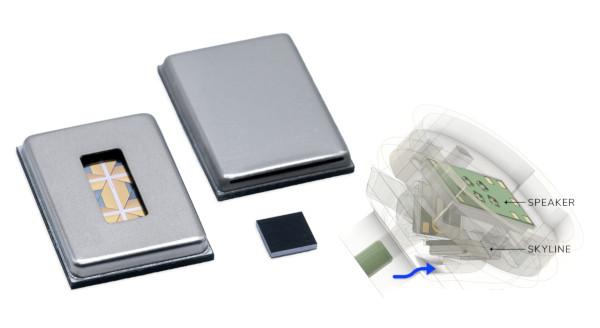
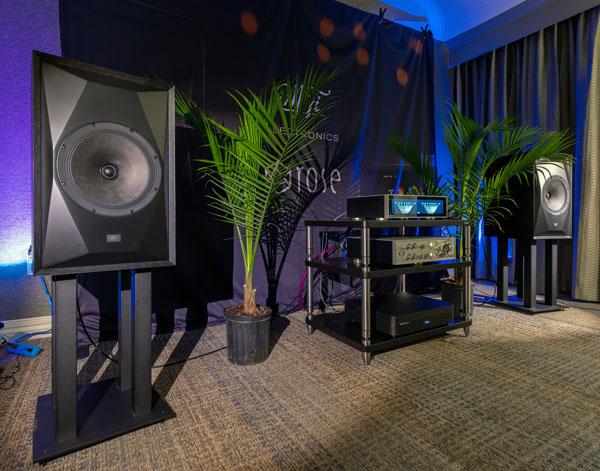
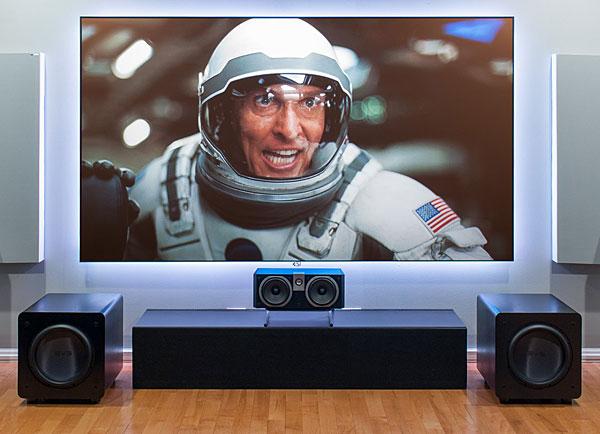
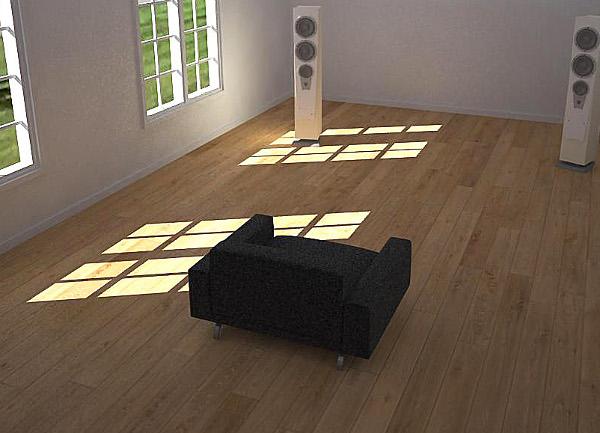
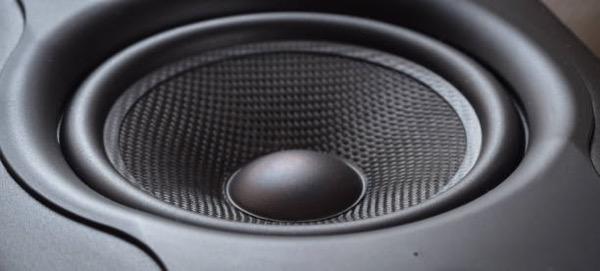
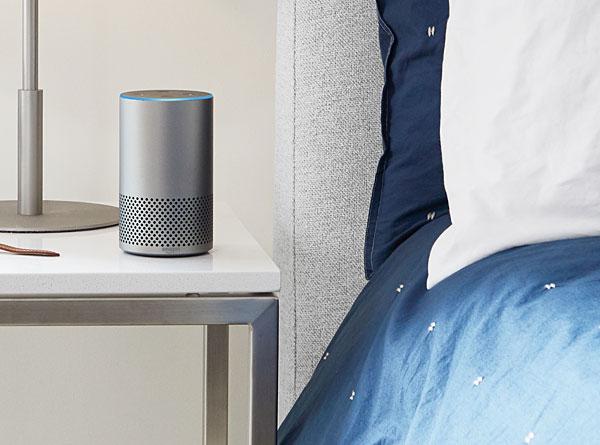
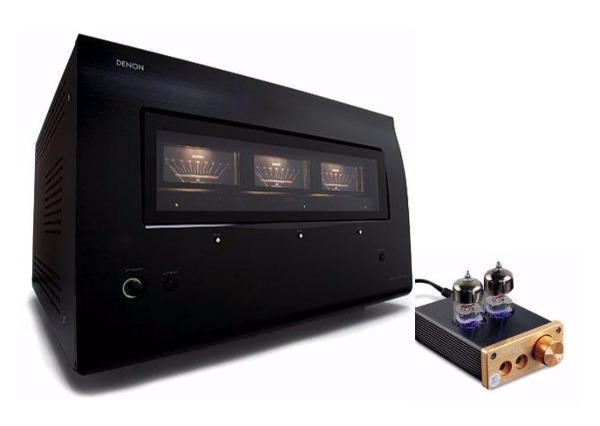

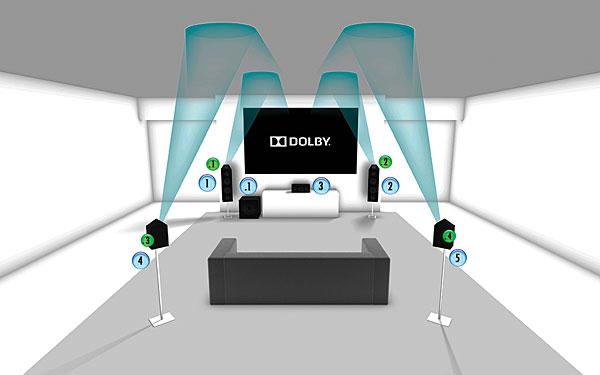
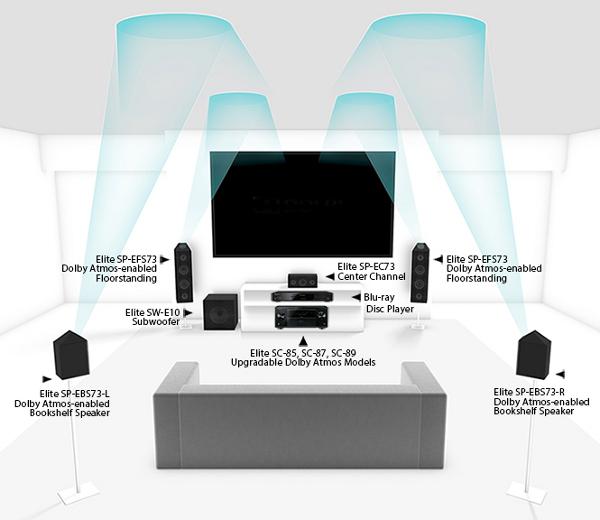
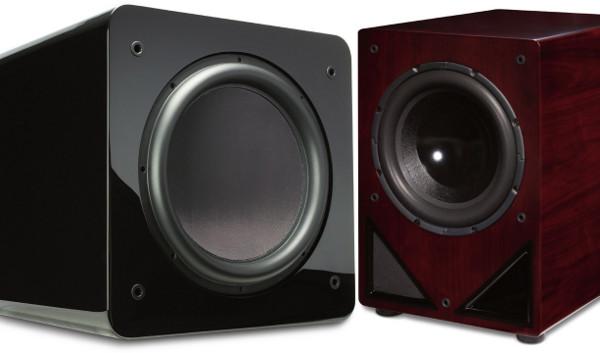
 Chris Hagen is acoustic systems development engineer for Velodyne, a company that, despite its recent forays into headphones, has been primarily a subwoofer specialist since its founding in 1983. Chris has also worked as an engineer for the consumer division of JBL, and for M&K Sound. Excerpts from this interview appear in the feature story “Subwoofers: The Guts and the Glory.”
Chris Hagen is acoustic systems development engineer for Velodyne, a company that, despite its recent forays into headphones, has been primarily a subwoofer specialist since its founding in 1983. Chris has also worked as an engineer for the consumer division of JBL, and for M&K Sound. Excerpts from this interview appear in the feature story “Subwoofers: The Guts and the Glory.”
 Tom Vodhanel is president and founder of Power Sound Audio, an Ohio-based company that specializes in subwoofers and sells direct through its website. Tom is also known as the “V” in SVS, another company that started out as a subwoofer specialist, and which he co-founded. Excerpts from this interview appear in the feature story “Subwoofers: The Guts and the Glory.”
Tom Vodhanel is president and founder of Power Sound Audio, an Ohio-based company that specializes in subwoofers and sells direct through its website. Tom is also known as the “V” in SVS, another company that started out as a subwoofer specialist, and which he co-founded. Excerpts from this interview appear in the feature story “Subwoofers: The Guts and the Glory.”
 Ed Mullen so impressed everyone with his subwoofer smarts (and even temperament) as a participant on Internet audio forums that SVS—a company that has mostly specialized in subwoofers, but is now putting equal effort into speakers—hired him. He now enjoys a rep among home theater enthusiasts as one of the guys to call for advice about subs. Excerpts from this interview appear in the feature story “Subwoofers: The Guts and the Glory.”
Ed Mullen so impressed everyone with his subwoofer smarts (and even temperament) as a participant on Internet audio forums that SVS—a company that has mostly specialized in subwoofers, but is now putting equal effort into speakers—hired him. He now enjoys a rep among home theater enthusiasts as one of the guys to call for advice about subs. Excerpts from this interview appear in the feature story “Subwoofers: The Guts and the Glory.”




